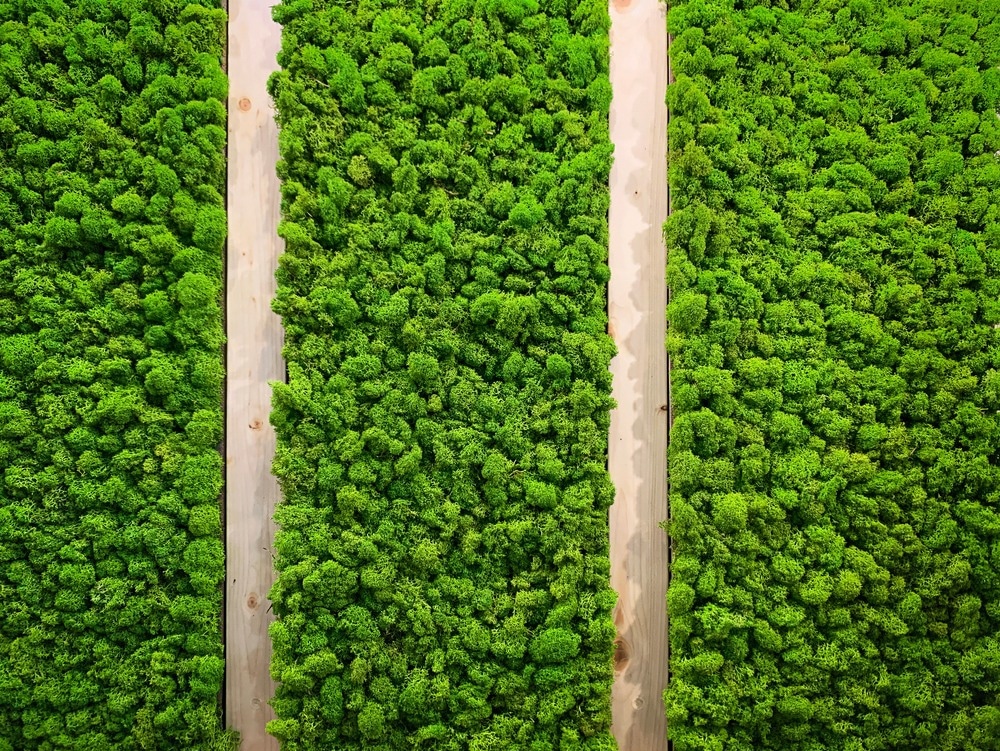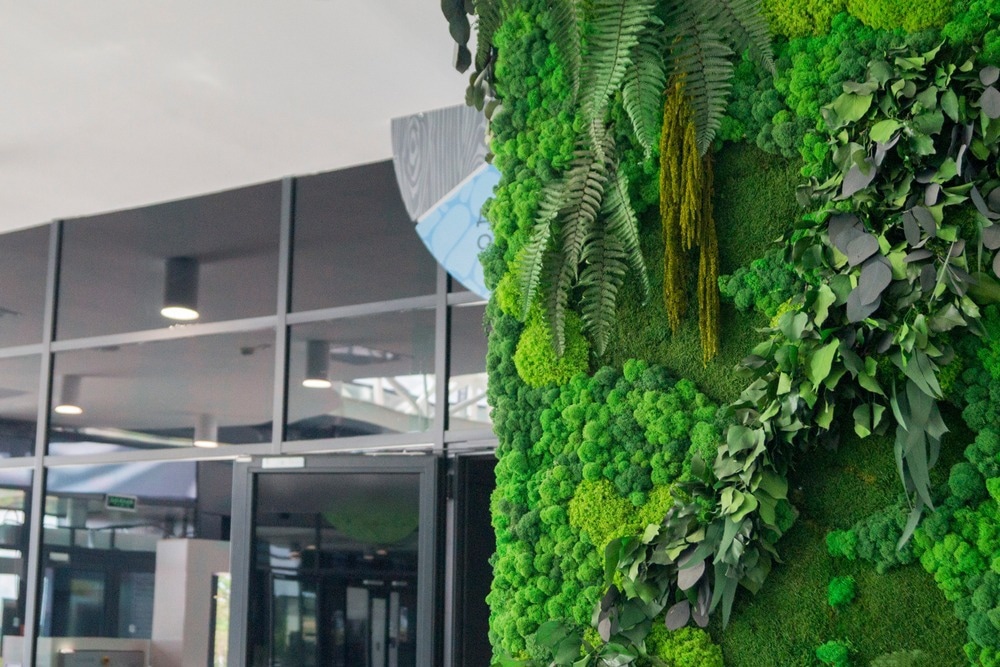Serious difficulties face the majority of urban areas in the world: poor air quality, the urban heat island effect, deteriorating water sources, and dying ecosystems. Urban greening can mitigate these problems and enable us to continue to live in relatively energy and resource-efficient cities as our population grows. Researchers in Italy have recently developed a moss-building skin that can contribute to urban greening at scale and within tight town budgets.

Image Credit: Natalia Kazarina/Shutterstock.com
What is Urban Greening?
Urban expansion is happening everywhere around the globe. Now, over half of the world’s human population lives in cities, with the number predicted to reach two-thirds by 2050.
But the cities we are familiar with today – vast seas of sprawling concrete and asphalt, with high rises instead of tree tops and subways instead of streams – are harming the health of their inhabitants, as well as the health of the planet.
Urban greening policies seek to address this. They revitalize city communities while at the same time reducing healthcare burdens and improving inhabitants’ quality of life.
Usually, these policies are focused on the concurrent community, health, and environmental benefits of greener urban development. Avoiding risks like surface runoff and the urban heat island effect are also important motivations.
Urban greening policies are also increasingly being developed to change the tide of imbalance that has historically made access to green space much harder for people in poor neighborhoods than it has been for their wealthy fellow citizens.
Planning policies that require social housing with green space built in are beginning to take effect, and cities around the world are slowly realizing the benefits of urban greening for all of their residents.
In a study published in the International Journal of Environmental Research and Public Health in 2018, scientists analyzed the potential benefits of exposure to urban green space.
They found that exposure to urban green space was related to decreased rates of mortality, high heart rates, and violent incidents. It is also related to an increase in attention, mood, and physical activity.

Image Credit: Olga Step/Shutterstock.com
How Can Moss Contribute?
Moss envelopes around buildings – both as cladding on exterior walls and on top of roofs – represent a low-cost, low-maintenance, lightweight solution for urban greening. Unlike other possible greening solutions like tree planting and reserving space for parks which have high costs for both installation and maintenance, moss is an accessible greening material that can be applied around the world today.
Mosses can grow and thrive in all kinds of relatively extreme weather conditions, they do not require a lot of water, and they can go through multiple hydration and rehydration cycles in their lifetime.
Some studies have shown that mosses can also reduce buildings’ surface temperature, absorb pollutants in the atmosphere, and grow with minimal human intervention after installation.
Moss green roofs provide good stormwater management, as well as reduce surface temperatures and absorb pollution.
It also helps to reduce the urban heat island effect and contributes to urban biodiversity.
MosSkin by EcoSystemics
EcoSystemics is a research group based in the Polytechnic School of Genoa, Italy. Part of the school’s architecture and design department, the group is composed of researchers working on architectural design technology innovation.
The group is committed to transferring sustainable development principles to the design and planning operations that precede construction projects. Taking an interdisciplinary approach, researchers work at intersections between sustainable planning, environmental science, design, energy retrofitting, sustainable materials development, vegetation, architecture, and urbanism.
Recently, the group released a study that demonstrates a new product, MosSkin. MosSkin is a low-cost, low-maintenance, lightweight building envelope system made from various different species of moss.
It performs well in terms of surface temperature reduction (bringing temperatures down to around 14 °C) and water management.
The system is modular and made of multiple layers. It contains a moss paste that allows different moss species to grow at once, making the system flexible enough for deployment in numerous different geographies.
The system can also help resist abiotic and biotic stresses that are common in urban ecosystems.
The paste acts as a substrate for mosses to grow. The paste substrate and subsequent moss growth are sandwiched between a fine mesh on the outside (keeping the moss in place) and a waterproof layer on the inside to protect the building materials.
A further irrigation system is integrated into the product. This has been refined to optimize water management so that almost no water is wasted.
The researchers tested numerous wild moss species based on their abilities to tolerate abiotic urban stresses, cultivate quickly in controlled conditions, and grow effectively on a variety of building materials.
They found that five species showed the most promising results: Barbula unguiculata, Grimmia pulvinata, Hypnum cupressiforme, and Pseudoleskea incurvata.
The team also developed an in vitro cultivation method to enable large-scale production and application for the MosSkin product.
More from AZoBuild: A to Z of Green Building Materials
References and Further Reading
Kondo, M.C., et al. (2018). Urban Green Space and Its Impact on Human Health. Journal of Environmental Research and Public Health. https://www.mdpi.com/1660-4601/15/3/445
Perini, K., et al. (2022). MosSkin: A moss-based lightweight building system. Building and Environment. doi.org/10.1016/j.buildenv.2022.109283.
Disclaimer: The views expressed here are those of the author expressed in their private capacity and do not necessarily represent the views of AZoM.com Limited T/A AZoNetwork the owner and operator of this website. This disclaimer forms part of the Terms and conditions of use of this website.